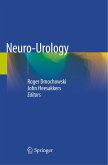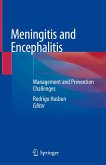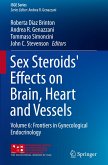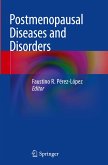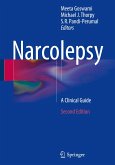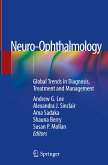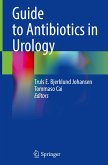This volume is a useful handbook for medical doctors involved in the diagnosis and treatment of neuro-urological problems. The first section reviews the relevant neuro-anatomy and neuro-physiology and provides a practical overview of specific neuro-urological pathologic conditions. The second section discusses the various clinical entities that can be encountered and focuses on the clinical entities neuro-urological consquences. The third section is devoted to the different diagnostic possibilities. Internationally accepted algorithms are presented and put into perspective. Section 4 deals with the triad of major clinical problems in this area: urinary (incontinence, retention and voiding dysfunction as well as upper urinary tract problems), anorectal (faecal incontinence and constipation) and sexual (erectile dysfunction and ejaculatory failure) dysfunctions. The final section covers the specific management of patients with neuro-urological problems and describes conservative and surgical treatments, providing the most recent information. Throughout, the text is accompanied by numerous illustrated case reports and discussions as well as tips and tricks based on the personal experience of the different authors.
Bitte wählen Sie Ihr Anliegen aus.
Rechnungen
Retourenschein anfordern
Bestellstatus
Storno


